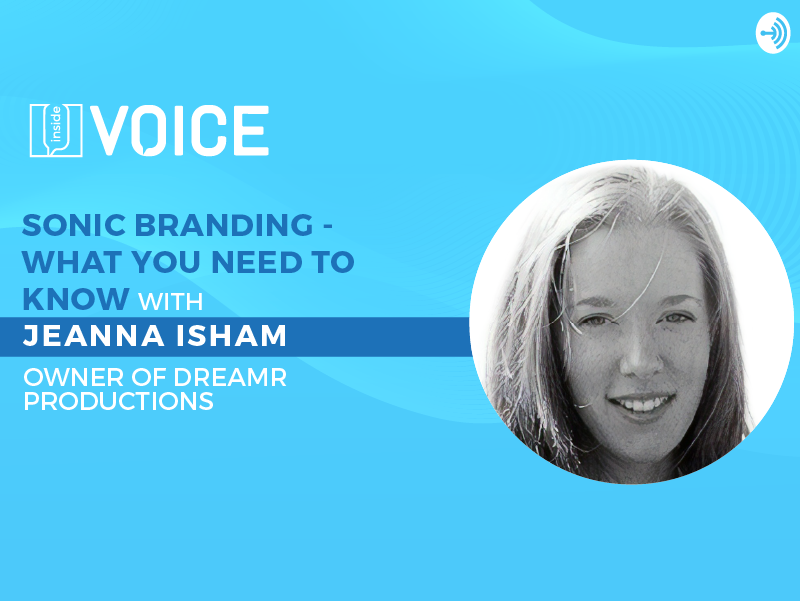




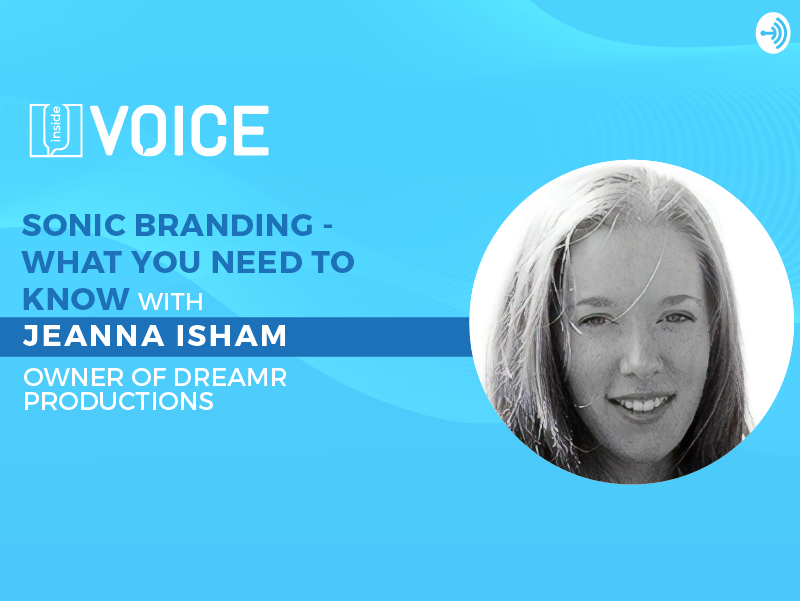
Good news: it's time for another short and sweet summary of another popular episode from Inside VOICE podcast.
This time, we're highlighting the insight and expertise of Jeanna Isham, a sonic branding composer and the founder of Dreamr Productions. In her knowledge-packed episode, she drew us all into her world of sound and helped us understand how it connects us with others. If you don't have the time (or the attention span) for an entire podcast episode, good news: we've done all the listening for you.
Here's a summary of all the practical tips and thought-provoking content from this fascinating episode.
To understand why you need a sonic brand, you should first understand why sound and music is so universally important for humans and how it affects us.
To be marginally scientific, humans love anything that sparks our dopamine (happy hormone) and makes us feel good. Music is one of those things. Studies show that our brain reacts to music in the same way as with good food, sex, and, well, drugs. Think about how you feel when you hear a song you love, or that takes you back to a happy memory. Certain sounds clearly have a powerful effect on us.
"One of the first things that we register, even before we're born, is sound. In the womb we're already hearing our mother's heartbeat. We hear her talking, we hear family and friends talking," Jeanna says with a hint of awe in her voice. In fact, scientists have proven that babies respond to and learn from outside sounds—and are soothed by the sound of their mother's voice.
So it makes sense, then, that to connect with our customers and invoke certain emotions, sound is the key.
"There's a lot that hasn't been discovered yet." Jeanna says. "But it just makes sense that sound plays a very strong role in our lives, our purchase power, and our entertainment."
As our podcast host, Keri Roberts, points out: sonic branding is a fairly new term, and not many businesses fully understand what it's all about.
To help clear the murkiness of the term, Jeanna explains that sonic branding is simply how you represent yourself through sound. For example, if we were to play the sound of a Mac starting up, you would probably know it's a Mac without even looking at it. Same goes for major brands like Intel with their signature jingle. You can probably even identify whether Siri or Alexa is speaking just by their computerized voice.
"People are so insanely obsessed with what their visual representation is," says Jeanna, "and they're almost completely ignoring what they sound like. And we all sound like something."
Here are a few important pointers from Jeanna on the subject:
While plenty of companies are darting around trying to find a personalized brand voice for their Voice apps, many others are simply going to production music libraries and downloading the nicest sounding tune. And no, the latter is not the best way to find your sound.
"It's more than just finding a catchy tune or whatever the CEO likes," Jeanna explains. "You can still go to these libraries, but you need to have a foundational understanding of what you want to represent before you choose anything."
She adds that sometimes the process is as simple as sitting down and defining what your brand represents and then finding music that complements it. For example, a skateboarding company would want to appeal to a younger, cooler crowd. So they'll likely go with rock or hip-hop in their ads, not Mozart.
"It can be as simple as choosing a genre to avoid or focus on," she concludes.
But it's not all just about music. Your sound could be anything from the voice you use on your voice-enabled app to a distinctive tone that accompanies your logo, or even the sound your mascot makes. It's completely limited to your creativity (and your budget, of course).
There are infinite possibilities for using your sonic branding. If it's musical then you'd use it in things like advertising videos, intro/outro music for your digital content (like a podcast, for example), and walk-on music for presentations or public speaking events.
If it's a functional sound—like Mac's startup chime—then the digital world is your oyster. Your users will hear your signature sounds whenever they use your product, and those sounds will gradually sink into their memory.
"It doesn't have to be a song. It doesn't even have to be tonal. It just has to be catchy, and a sound."
She ends her explanation by recommending brands to consult with a composer if they feel overwhelmed when it comes to their sonic branding. Fortunately, you can connect with Jeanna on LinkedIn to get started with yours.
By now you're already savvy enough to go ahead and start talking to the right people about your very own sonic brand, but if you feel like there's more to this episode—you're right. You can listen to the whole thing right here to get a bit more detail from Jeanna. It'll surely brighten up your daily commute or lunch break.
On the other hand, if you're ready to take the next step and meet the people who can help you create your sonic brand (and pretty much anything voice related), then head over to VOICE 2020! Since you reached the end of this post, we think you deserve a prize. Use the button below to get 10% off your ticket!
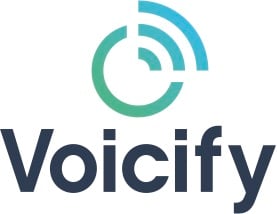

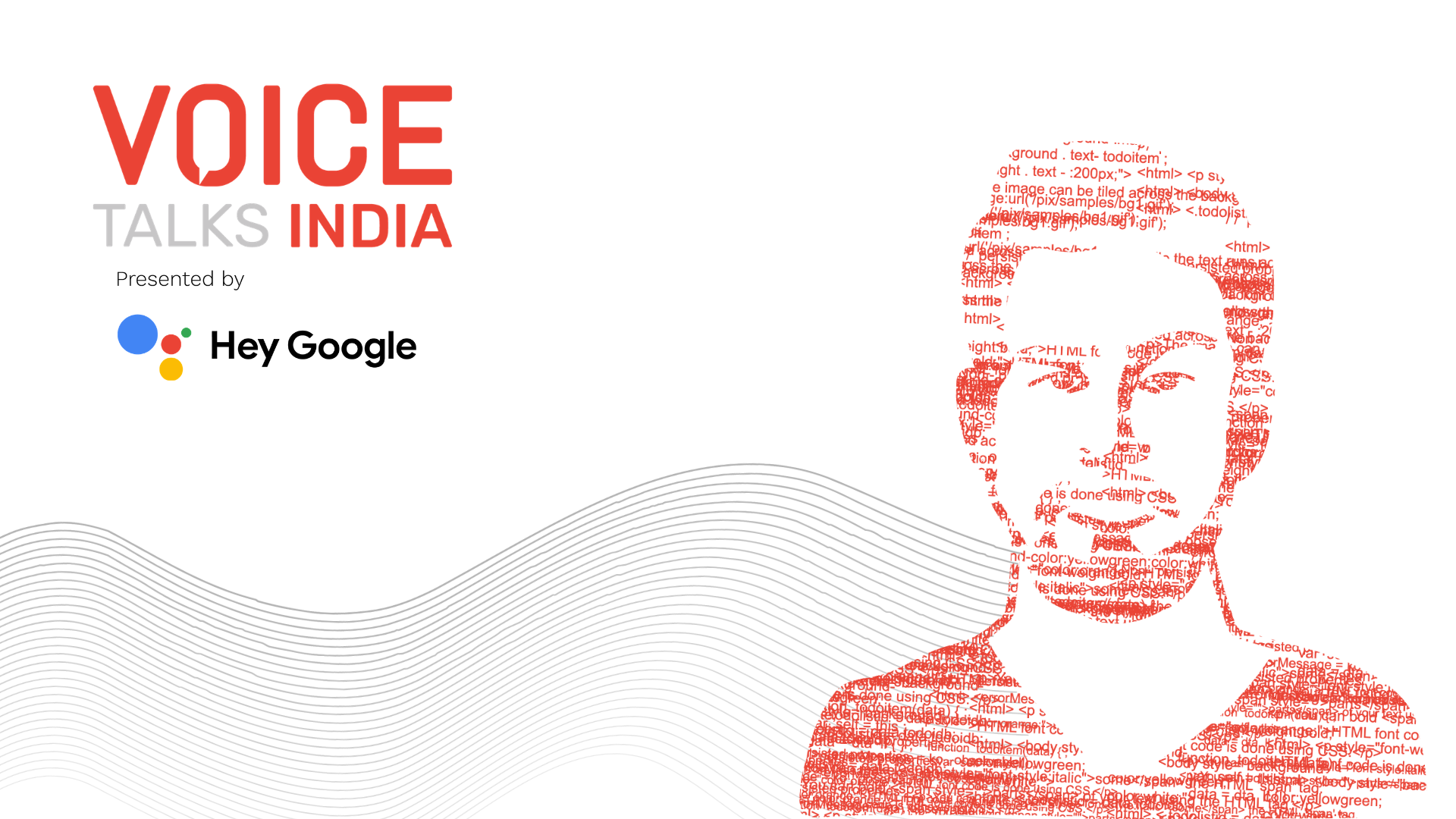
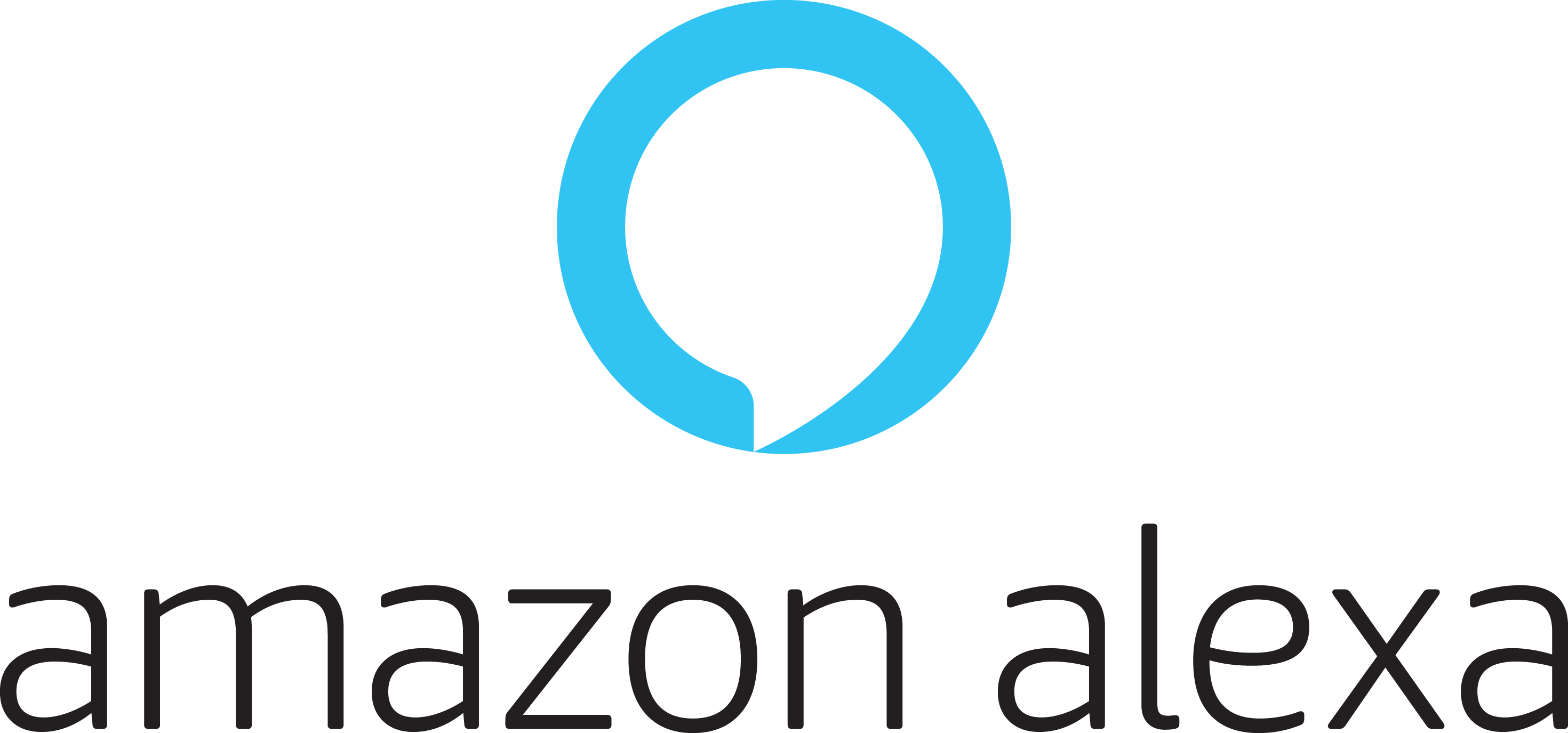
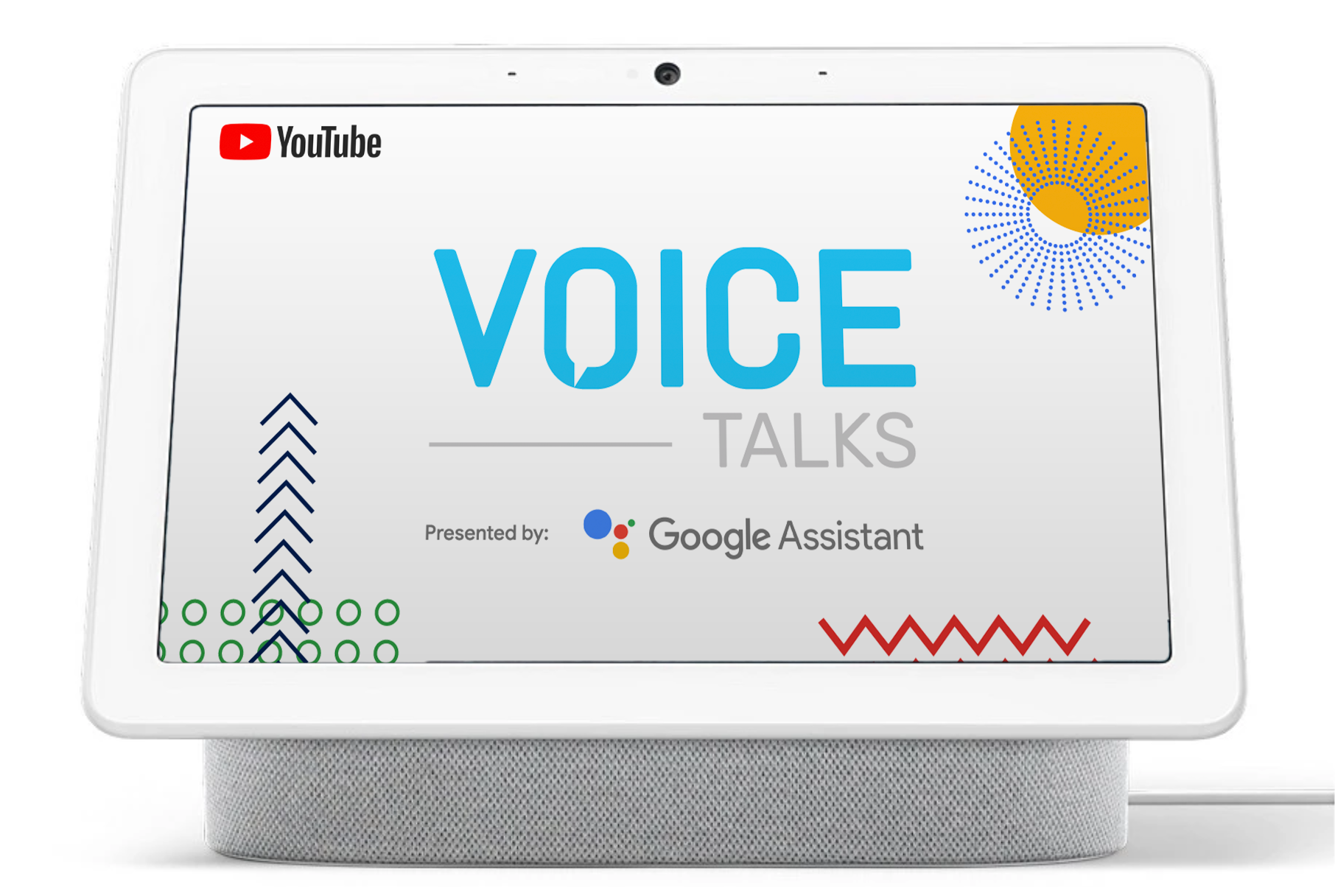

VOICE Copyright © 2018-2022 | All rights reserved: ModevNetwork LLC
